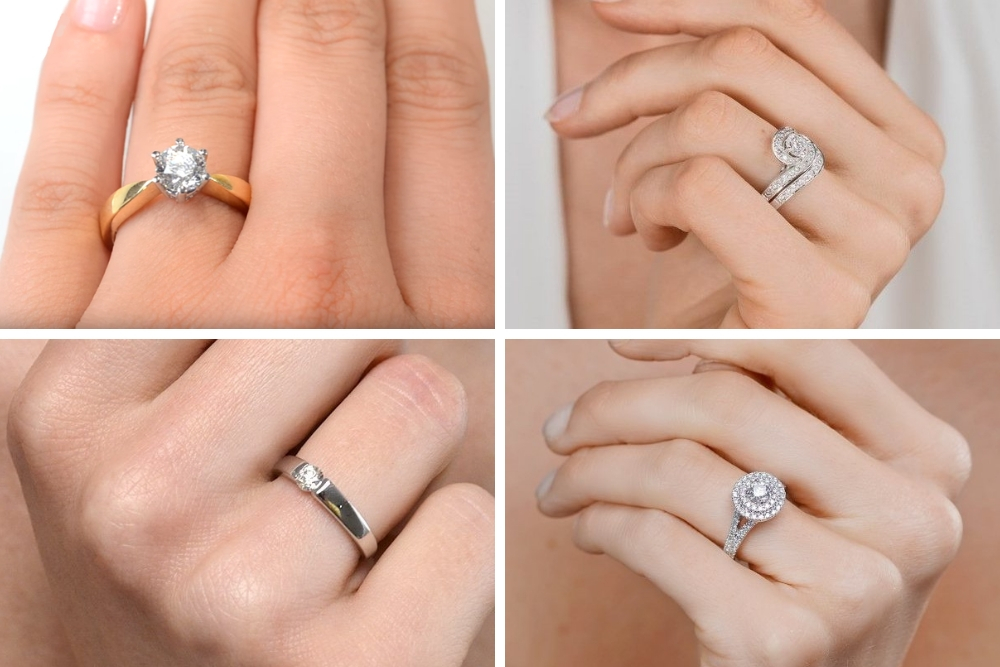
What setting is best for my engagement ring? Researching engagement rings can be a headache, especially as there’s so much jargon to learn. That’s why we’ve written this easy guide with pictures to help you make the right choice. Included in this article:
What does setting mean?
‘Setting’ can refer to two different things in engagement rings: Setting type means the metalwork technique used by the jeweller to secure the diamond or gem in place so it doesn’t fall out. Setting style means the design and overall look of the ring.
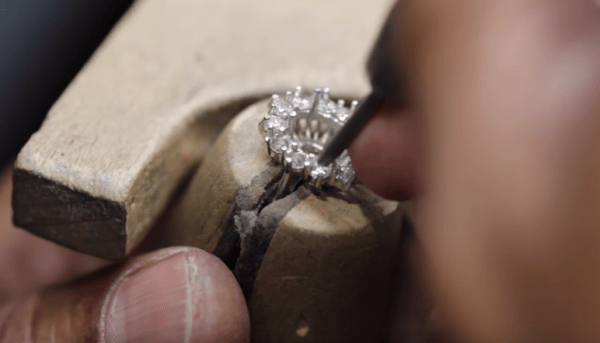
TOP 5 SETTING TYPES:
Remember, this is all about how the diamond or gem is held in place so it doesn’t fall out. Here are the most popular setting types people buy:
1. Claw setting
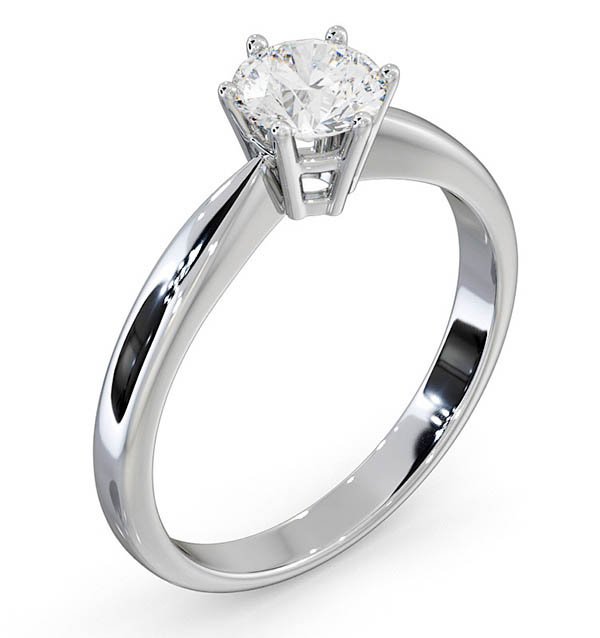
In a claw setting, a diamond or gem is held in place by tiny slivers of metal known as ‘claws’. These form a sort of ‘basket’ around the diamond. The claw tips bend over the stone’s edges to secure it firmly to the ring.
✅ PROS: The advantage of the claw setting is that it lets the most possible light into the diamond, so you get maximum sparkle.
❎ CONS: A disadvantage of the claw setting is that the claws can, albeit rarely, catch and bend. If you have an active lifestyle, a rub over setting may be a better choice for you.
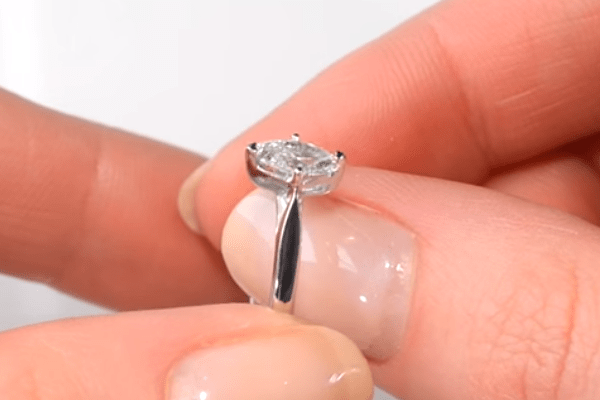

2. Rub over setting
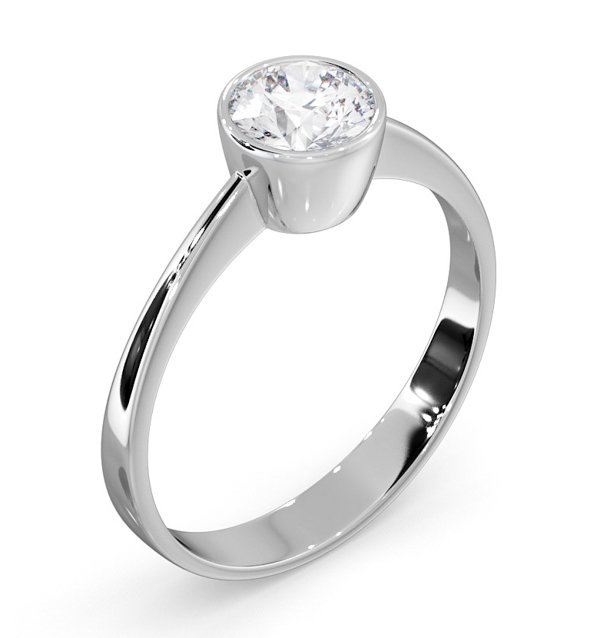
A rub over setting holds the diamond or gemstone in place with a rim of precious metal that wraps around the stone.
✅ PROS: The rub over setting is known as the most secure setting of all because it holds the stone firmly in place and protects it very efficiently. It’s ideal for people who are active with their hands. As an added plus, it makes the diamond appear larger than it actually is.
❎ CONS: A slight disadvantage of the rub over setting is that it does not allow as much of the stone to be exposed to light as the claw setting (above) does. So you’ll get sparkle from the top of the diamond but not its sides.
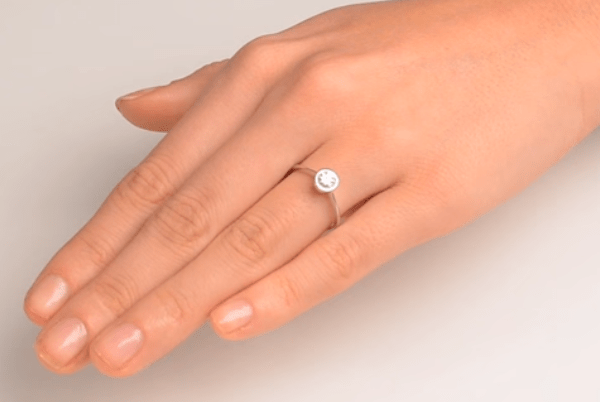

3. Tension setting
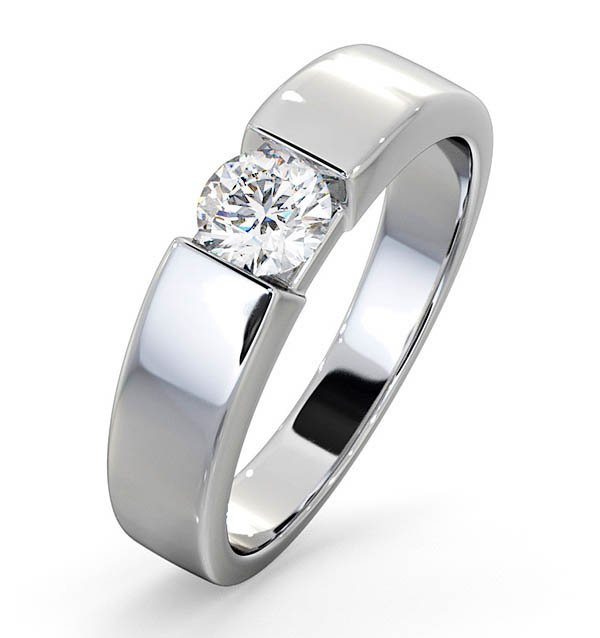
The tension setting holds a diamond or gem in place by pressure. The jeweller cuts tiny grooves into the metal where the diamond meets the band. The tension of the metal pushes the diamond’s edges tightly into these grooves.
✅ PROS: A tension set ring looks unique and creates intrigue. It also allows much of the diamond to be seen and to sparkle.
❎ CONS: One disadvantage of the tension setting is that if you gain or lose weight, some tension set rings may not be very easy to resize. If this is a concern for you, consult with your trusted jeweller before purchasing.
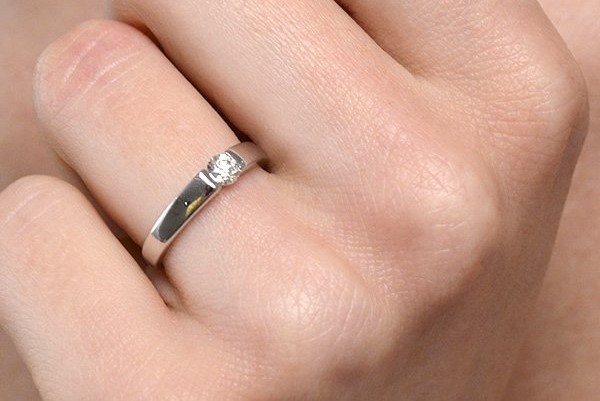

4. Pave setting
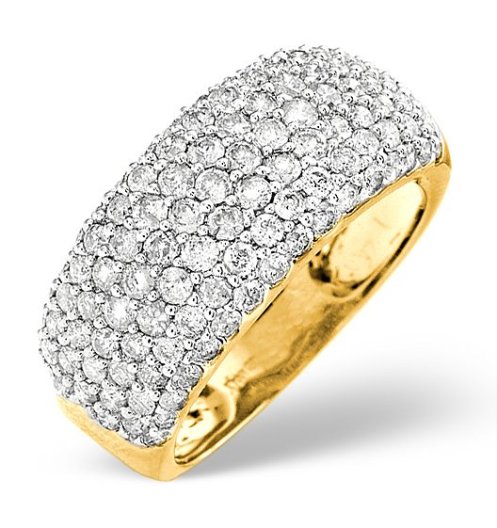
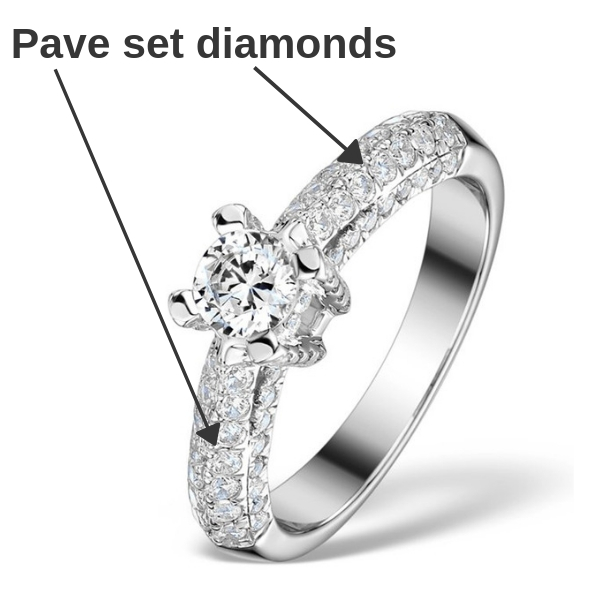
The pave setting, pronounced pah-vay, comes from the French word to pave. As in ‘paved with diamonds’. The diamonds are secured very closely together using tiny metal beads to achieve a dazzling surface. In engagement rings, pave set diamonds are most often used as an enhancement (above right) and in other types of rings they may be the main feature (above left).
✅ PROS: In engagement rings, the pave setting adds a lot of impressive dazzle.
❎ CONS: Over time, very small pave set diamonds may become loose if you have an active lifestyle or use your hands a lot. This may happen regardless of your ring being the most expensive one in the store. If this is a concern for you but you still want a ring with lots of dazzle, there’s an easy solution: it’s sensible to get jewellery insurance, which is not expensive, and thus you have any potential repairs covered quickly and for free.
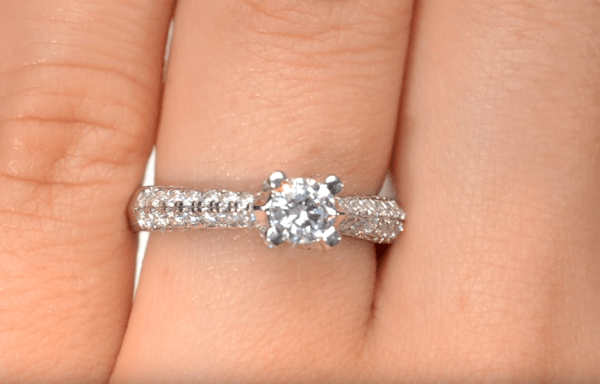

5. Channel setting
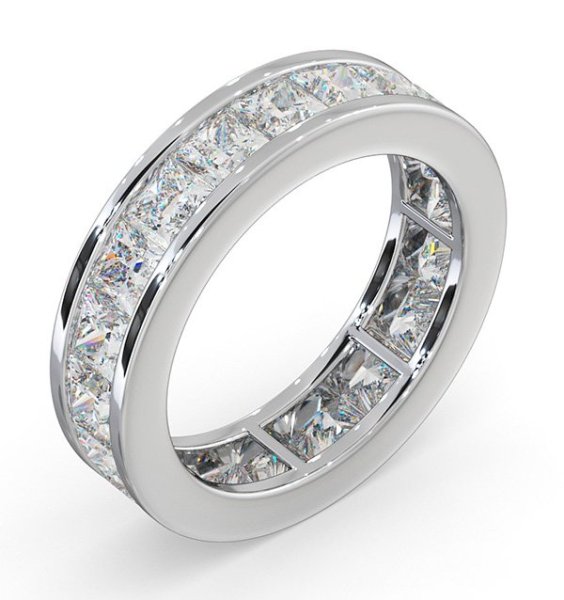
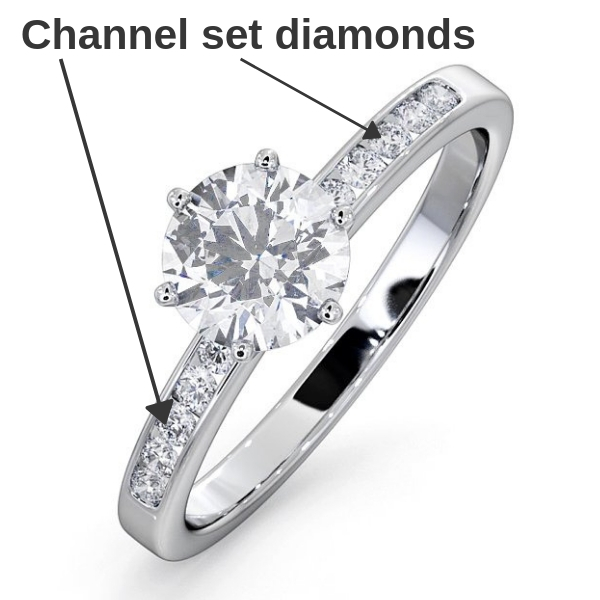
A channel setting is where diamonds or gemstones are set into a groove made from two metal strips. In engagement rings, the channel setting tends to be an enhancement, like you see above right. In other rings, like above left, a channel setting can go around the entire band.
✅ PROS: A channel setting holds diamonds securely, protects them and is unlikely to snag on clothing. It offers a sleek, contemporary look.
❎ CONS: This setting may need more cleaning as dirt can become trapped in the channels. Some channel set rings can be challenging to resize or repair.
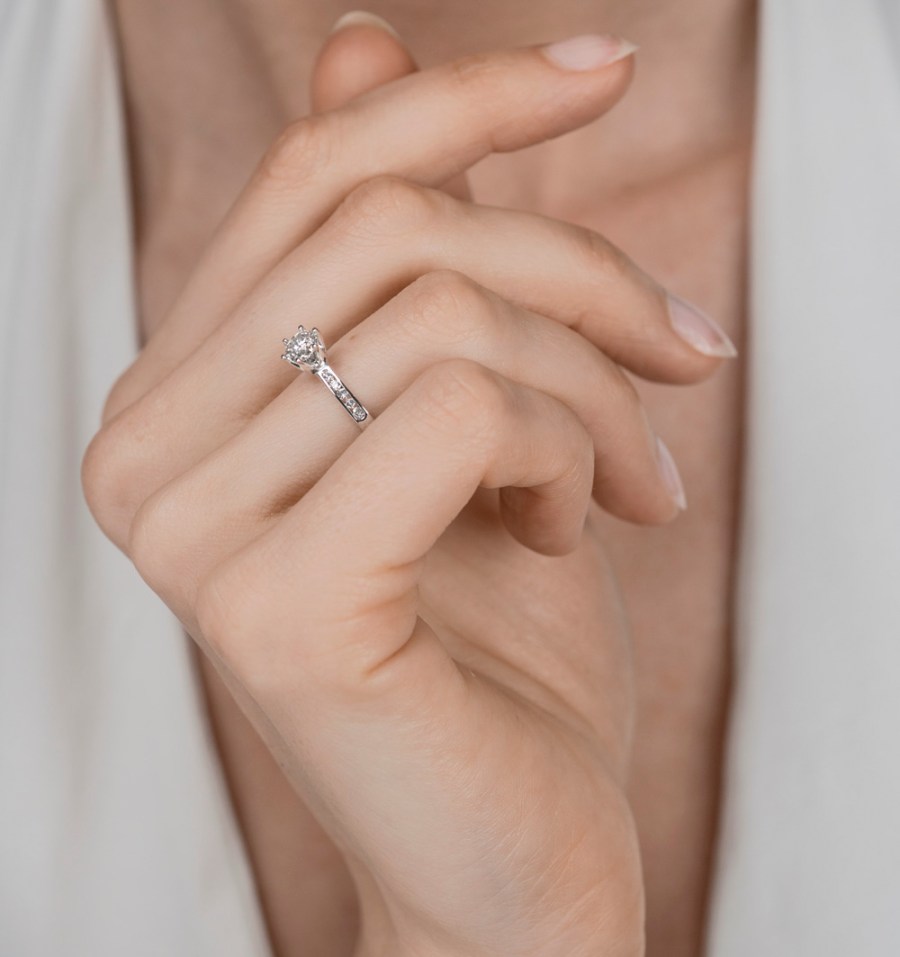

TOP 9 SETTING STYLES:
Setting style refers to the design features that determine the overall look and style of the ring. Here are the most popular ones that people buy:
1. Solitaire setting

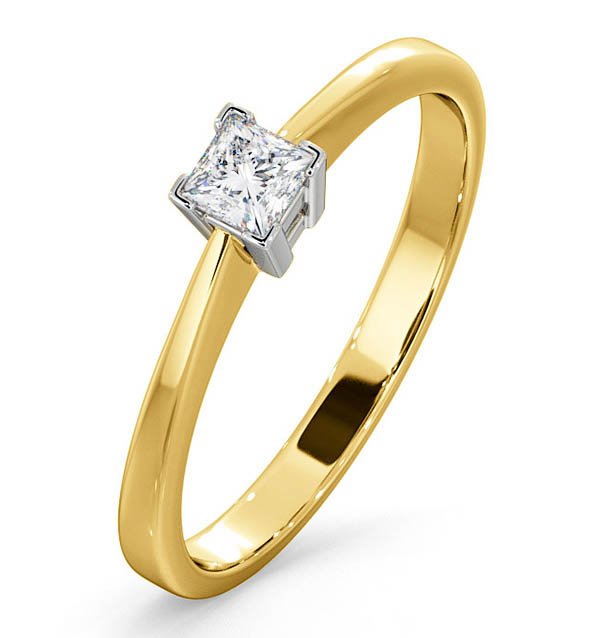
The solitaire setting is the simplest setting of all. It displays one beautiful diamond. The solitaire diamond does not have to be round – it could be any shape.
✅ PROS: Solitaire rings are beautiful, sparkling and timeless. This is the most popular and classic engagement ring style there is.
❎ CONS: Diamond solitaire rings are a little more expensive per carat than other setting styles. The bigger the diamond, and the better its quality, the higher the price.
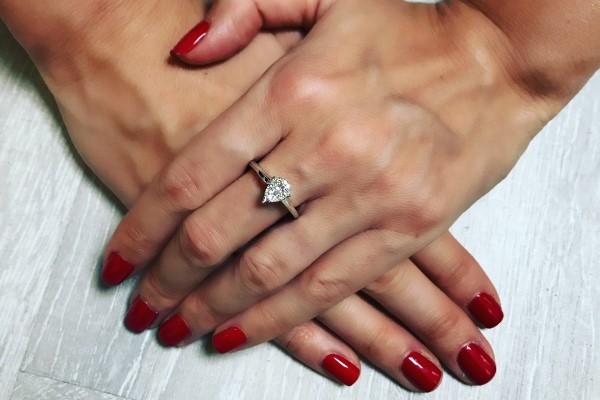

2. Halo setting
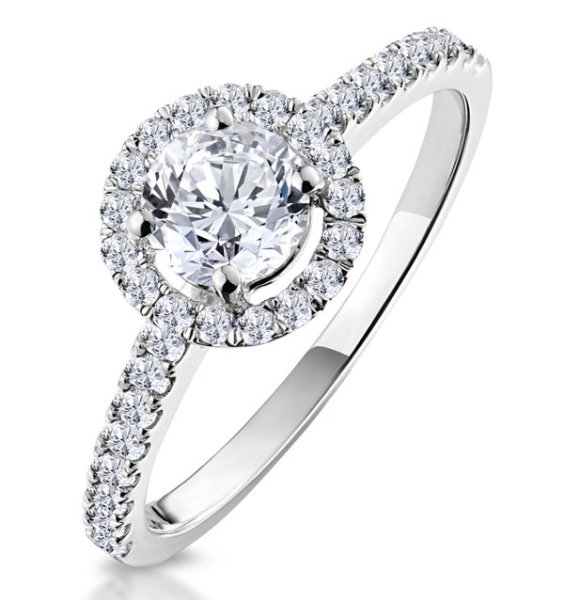
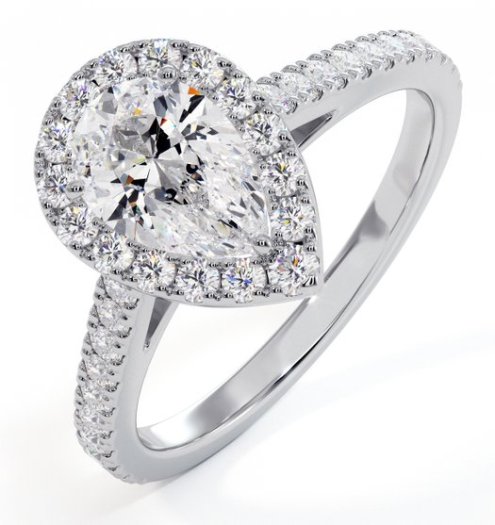
The halo setting is a style of setting where small diamonds are placed around the larger main stone to create a sparkling ‘halo’ around it. The halo can be any shape, adjusting to the cut of the main stone.
✅ PROS: A halo ring is a great way to add size and sparkle to your ring. It’s a versatile setting that comes in many designs, including single or multiple halos, and different shapes such as round, square, cushion or pear.
❎ CONS: A big ring isn’t for everyone, so it’s a matter of taste.


3. Cluster setting


A diamond cluster setting is where lots of small stones are placed very closely together to form creative shapes. Cluster rings come in a multitude of designs, such as round, oval, square or even hearts. Sometimes they are designed to create the illusion of one large diamond, like in the solitaire-look ring above right.
✅ PROS: A cluster ring is a great way to get a bigger ring for your budget because several small diamonds cost less per carat than one large solitaire diamond does. Cluster rings come in many unique designs, so there’s lots of choice if you want something a little different.
❎ CONS: A big, elaborate ring isn’t for everyone, so it’s a matter of taste.


4. Sidestones


Sidestones, also called shoulder stones, are small diamonds set on the ring’s band on either side of the main stone.
✅ PROS: Sidestones are a great way to add extra beauty and luxury to your ring. For example, if you want the simplicity of a solitaire ring, but want to add an extra touch of sparkle, you could choose a solitaire ring with sidestones.
❎ CONS: See our note about pave settings above and note that channel set sidestones tend to be more recommended if you’re active and use your hands a lot.


5. Three-stone setting


A three-stone setting is a ring with three diamonds or gems. It is said to symbolise the past, present and future of your relationship.
✅ PROS: Firstly, this setting offers lots of sparkle. Secondly, small diamonds tend to cost less per carat than big ones – so you can potentially get a bigger looking diamond ring for your budget. Finally, you can personalise a three-stone ring with coloured gems.
❎ CONS: This style may need more cleaning than simpler settings, but other than that it has no real disadvantages!


6. Illusion setting


An illusion setting enhances the appearance, and especially the perceived size, of the diamonds in your ring. To achieve this, it features a small diamond in the centre of a precious metal surrounding which has been patterned to mimic the facets of a diamond.
✅ PROS: The illusion setting can reduce the cost of your jewellery piece considerably. It’s a good way to get a ‘big look’ ring on a small budget.
❎ CONS: This style isn’t for everyone, so it’s simply a matter of taste.


7. Split shank SETTING


‘Shank’ simply refers to the ring’s band. A split shank setting means that the ring’s band divides as it reaches the centre. Typically, there is a clearly visible gap where the band splits, and it can divide into two or more strands.
✅ PROS: This setting is extremely secure, especially for larger centre stones and big halo settings. The split shank also balances the overall look of a ring that has a big centre. Finally, the parting in the band provides extra surface area for sidestones, so you really get magnificent sparkle.
❎ CONS: For someone who is very active with their hands, a large split shank setting could be a bit cumbersome to wear.


8. Bypass (or twist) setting


A bypass setting, also commonly called the twist setting, is when the ring’s band meets the centre at parallel points, rather than forming one continuous line, then twists around the main stone. This setting symbolises infinity, or two lovers embracing each other.
✅ PROS: The bypass shank setting looks unique and really draws the eye. This is a fantastic choice if you want something a little different. You can choose a simple twist setting in a solitaire style or a grander design in a halo style.
❎ CONS: For a large bypass setting, you might need a special wedding ring to match the contours.


9. Tapered & pinched shanks
 Tapered shank
Tapered shank Pinched shank
Pinched shank
‘Shank’ simply refers to the ring’s band. A tapered shank gets gradually narrower toward the centre stone. A pinched shank is where the band suddenly becomes very narrow compared to the rest of the band, as it reaches the centre.
✅ PROS: These features are simply aesthetic. They appeal to different tastes and can add a little extra elegance and style to your ring.
❎ CONS: These shank settings have no real disadvantages, they are simply visual features.


So… What setting is perfect for you?
Setting style, or in other words, the overall design, really depends on the person. If you’re wondering what design your fiancée would like, read our tips on how to buy the right jewellery style for your partner.
Setting type, or in other words, how the stone is attached to the ring, is both a practical and a style consideration. If you want lots of sparkle, go for a claw setting. If you want more luxury, add pave set diamonds on the band to add sparkle and brilliance. If she is very active or sporty, however, a rub over or channel setting are the smartest options because they protect the diamonds against knocks, wear and tear.
Need more help? Don’t hesitate to contact us, our expert Personal Shoppers are always happy to chat and help you find your perfect engagement ring ?
Shop engagement rings at TheDiamondStore.co.uk.
Discover more
- 22 Engagement Ring Questions and Answers
- 10 Engagement Rings Recommendations
- 10 Best Engagement Ring Engraving Tips and Ideas
Share this:
Tagsengagement • guide • setting
Post navigation
Previous Post Previous Post Next Post Next Post
Ten articles before and after
What Size Carat Engagement Ring? 12 Tips Before You Buy | CHURINGA RINGS
What is the most ethical engagement ring? A guide | CHURINGA RINGS
Can any ring be an engagement ring? | CHURINGA RINGS
Engagement Ring Advice Before You Buy: 10 Tips | CHURINGA RINGS
Guide to Buying Topaz Jewellery – 10 Facts Topaz Gemstone | CHURINGA RINGS
What is the best metal for an engagement ring? Platinum, gold or silver? | CHURINGA RINGS
10 Best Engagement Ring Designs and Styles – Which Is Right for You? | CHURINGA RINGS
What's the Best Engagement Ring Style for Your Hand? | CHURINGA RINGS
Diamond Vs Gemstone Engagement Rings – Which Is Best for You? | CHURINGA RINGS
Is sapphire OK for an engagement ring? Prices, quality and meaning | CHURINGA RINGS